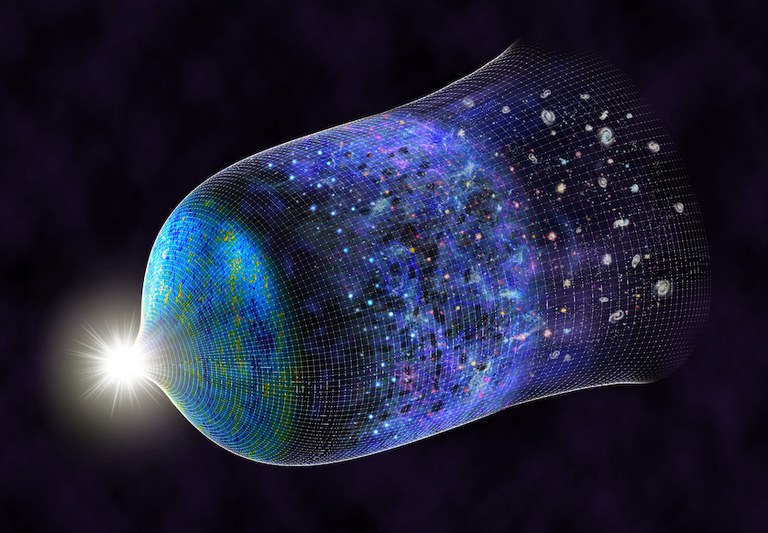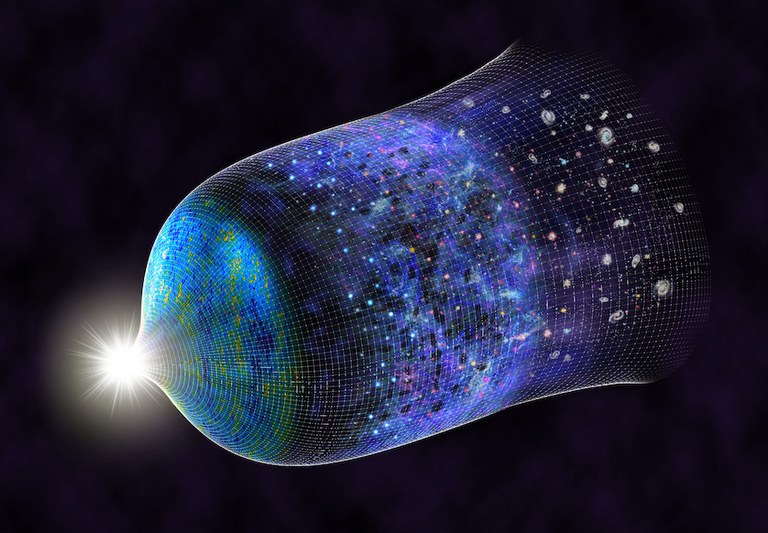237th American Astronomical Society Meeting
New Views of Galaxy Formation and Evolution

American Astronomical Society virtual winter meeting
The NRAO and the ngVLA Project convened a virtual Special Session titled New Views of Galaxy Formation and Evolution on Thursday, 14 January 2021, noon–01:30 p.m. EST (oral session) and Friday, 15 January 2021, 04:10–05:40 p.m. EST (iPoster session) at the winter American Astronomical Society (AAS) meeting.
Sensitive ground- and space-based astronomical facilities are pushing the detection of galaxies well into the Epoch of Reionization (EoR), less than 1 Gyr after the Big Bang. Such observations are allowing us to begin piecing together a picture for how and when the first galaxies formed, along with the physical processes driving their evolution into the mature systems that we observe in the local Universe.
While existing facilities are making transformative discoveries by pushing their capabilities to the limit of what can be detected at the earliest times, sample sizes remain small as detections of individual systems are limited to the most luminous sources or those whose detections are afforded by strong lensing. Informed by these pioneering efforts, suites of next-generation ground- and space-based facilities will marshal a new combination of large area, deep multi-wavelength surveys that will jointly characterize the accretion, star formation, molecular gas, and stellar mass histories for large populations of galaxies back into the EoR and beyond. When combined with a detailed accounting of the kinematics, chemical abundances, and energetic processes associated with these systems, such studies will ultimately provide a self-consistent framework that will revolutionize the field of galaxy evolution, leading to a much-improved theoretical understanding of the fundamental physics driving the formation and evolution of galaxies over cosmic time.
This AAS Special Session highlighted recent scientific breakthroughs in galaxy evolution enabled by current investigations using large optical/IR, (sub-)millimeter, and radio facilities; described planned near- and long-term improvements for ground- and space-based facilities; discussed major scientific leaps likely to result from next-generation facilities across the electromagnetic spectrum; and reviewed the highest-priority themes in the field of galaxy evolution that will be accomplished by the state-of-the-art observatories commissioned in the next decade.
This Special Session featured 6 invited oral presentations and 20 contributed iPoster presentations. The science program appears below. Its presentations can be downloaded by clicking on their titles.
NRAO Town Hall
 |
American Astronomical Society virtual winter meeting
|
|---|
This NRAO Town Hall will inform the AAS membership about the status of science, science operations, and development programs at the National Radio Astronomy Observatory (NRAO). Three presentations will update the membership regarding:
- scientific opportunities and technical development at the Atacama Large Millimeter/submillimeter Array (ALMA), the Karl G. Jansky Very Large Array (VLA), and the Very Long Baseline Array (VLBA);
- recent science results from across the community and the Observatory; and
- scientific and technical planning for future radio astronomy research facilities, including a next generation Very Large Array (ngVLA).
The NRAO Town Hall will include time for discussion and answering audience questions.
Speakers: Tony Beasley (NRAO Director), Amy Kimball (VLA Sky Survey), Eric Murphy (ngVLA)
ALMA Opportunities & Status (Webinar)
 |
American Astronomical Society virtual winter meeting
|
|---|

This NRAO webinar will inform the AAS membership and user community of the current status of:
- the ALMA Observatory and science restart operations in Chile;
- the Cycle 8 Call for Proposals and opportunities;
- the next ALMA Development Call for Proposals opportunity; and
- other matters of particular interest to the ALMA user community.
Speakers:
- Phil Jewell (NRAO – North America ALMA Director)
- Anthony Remijan (North American ALMA Science Center)








Connect with NRAO